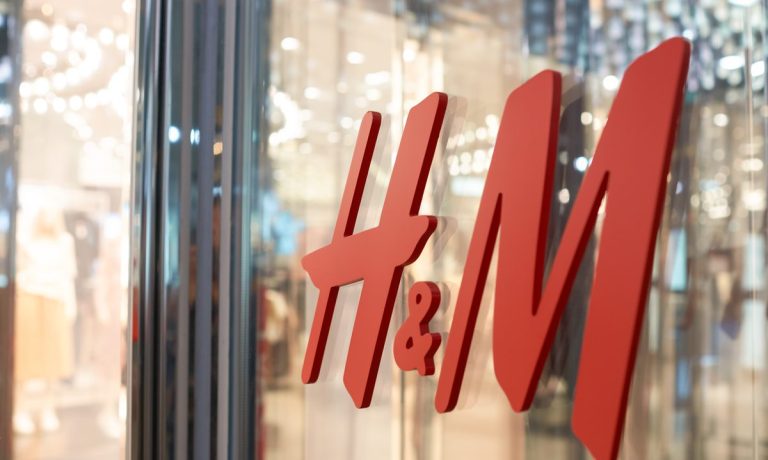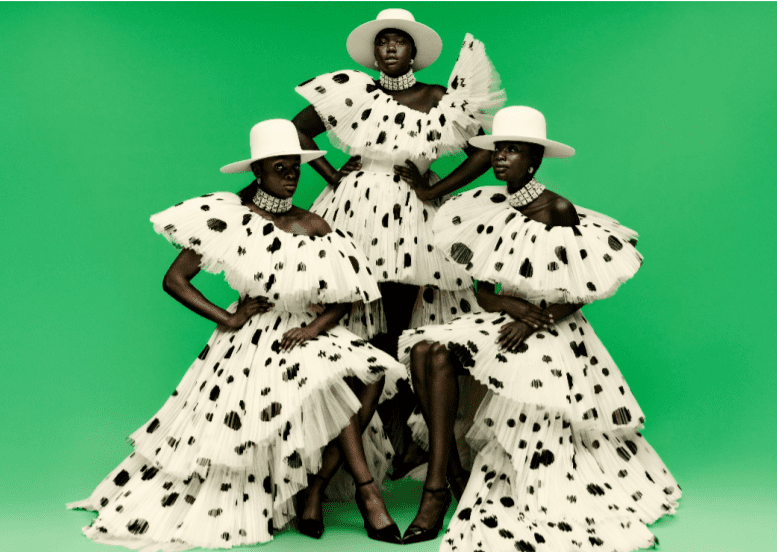
For a retail category that is so closely tied to rapidly changing apparel trends that it’s included in its name, the so-called fast fashion industry has been noticeably — and awkwardly — out of style for many years.
This, as a swirl of changing social sensibilities from young Generation Z consumers, a drumbeat of environmental criticism from both inside and outside the industry, and most recently, a two-year stint of COVID-19-fueled retail restrictions, supply chain challenges and a surge of stay-at-home sweatpants culture, have eroded the clout and value of the world’s top fast fashion giants.
Nowhere has this basket of challenges been more pronounced than at Sweden’s Hennes & Mauritz (H&M), the 75-year-old Stockholm-based operator of 4,800 stores and 54 online markets in roughly six dozen different countries.

In speaking to investors Friday (Jan. 28) about the year just finished as well as the one just beginning, H&M CEO Helena Helmersson said the company she’s run since the start of the pandemic is taking bold steps to double its sales while cutting its carbon emissions in half by 2030 at the latest.
“We ended the year strongly with sales back at the same level as before the pandemic and with profitability better than it has been for several years,” Helmersson said of 2021, before outlining the company’s plan for a return to sustainable growth and the recapture of share lost to rivals, including Chinese fast fashion upstart Shein, which is mulling an enormous initial public offering (IPO).
Read more: Shein Likely to Go Public in US Later This Year
To help restore that leadership, H&M just unveiled its expanded $1 billion capex budget for this year, with plans to bring physical and digital retail to at least six additional markets, including stores in Ecuador, Kosovo and Cambodia, and the online expansion to Belarus, Colombia, Kazakhstan and more.
Balancing Profitability Versus Sustainability
Although H&M’s namesake brand is its largest, it is one of roughly 20 labels in a growing portfolio, including COS, Weekday, Monki and H&M Home, as well as a stable of investments the company has made in sustainable materials, fabrics and the trademarked Circulator design tool that it launched two months ago.
Amidst a backdrop of consumer demand for change and a sense of urgency to set and meet sustainability goals that are transforming the entire apparel industry, H&M also noted in its recent trading update that it was once again managing from a position of strength.
“Now that we are back to a more normalized situation with a strong financial position and good profitability, we can fully focus on growth again,” Helmersson said, pointing to “significant opportunities to grow both sustainably and profitably” in the coming years.
While the pursuit of those dual goals might seem conflicted to some, the fact that H&M chose Helmersson — the company’s former head of sustainability — to be its CEO two years ago would suggest its commitment to environmental and social transformation is much deeper than a branding campaign.
To be sure, the challenges H&M faces are not unique. Global rivals, including Fast Retailing, the Japanese parent of UNIQLO, and the Spanish giant Inditex, which owns Zara and a dozen other brands, are all contending with the same headwinds while pursuing similar transformational goals.
For example, in a conversation with Ingka Group (IKEA) CEO Jesper Brodin in October, the 49-year-old H&M leader spoke of a mindset not only about transactions but also focused on evolving the entire customer journey to include sustainable products and the embrace of things like resale, subscriptions and rentals.
In concluding her message to shareholders last week, Helmersson said, “Customers must always feel confident that with us they will be able to find the best combination of fashion, price, quality and sustainability,” before expressing her optimism that that mixed mandate is doable as long as relations with partners are strong and H&M ensures that customers are satisfied.